Oysters aren’t exactly, well, the most interesting marine creatures. Sure, they taste delicious with champagne, but they don’t really do much except sit beneath the waves and filter pollutants out of the water. Or do they?
Australian scientists have discovered that one oyster species — the Sydney rock oyster — forms new reefs with the help of another an unassuming mollusk: the mud whelk. Although “help” is putting it mildly. Using field observations and historical records, the researchers discovered that juvenile oysters hitch rides on the mud whelks’ shells, subjecting them to a slow-motion death by starvation.
Killer oysters. Sort of.
Reefs Lost & Found
Not all reefs are coral. Shellfish reefs, formed from many of the mollusks we like to eat, are biodiversity hotspots in their own right, providing habitat and protecting coastlines much like their coral counterparts.
Shellfish reefs are under threat worldwide, and about 85 percent of them have either disappeared or been severely degraded. In Australia, shellfish reefs once stretched across an area of equivalent to half of the United States coastline. Today, between 5 and 10 percent of those reefs remain.
Conservationists are hard at work trying to restore lost shellfish reefs, but it’s not easy to rebuild an ecosystem that disappeared more than a century ago.
“We know so little about these ecosystems,” says Chris Gillies, oceans program director for The Nature Conservancy in Australia. “We’re missing a lot of basic ecological knowledge around things like how the reefs form and what conditions they need to survive, which is critical for better protection and restoration.”
Much of what scientists currently know about Australian shellfish reefs is pulled from the historical record, particularly old newspaper articles, and careful study of the few remaining reefs. And thanks to a chance discovery on one of those reefs, marine scientists now have another rather weird piece of the oyster reef puzzle.
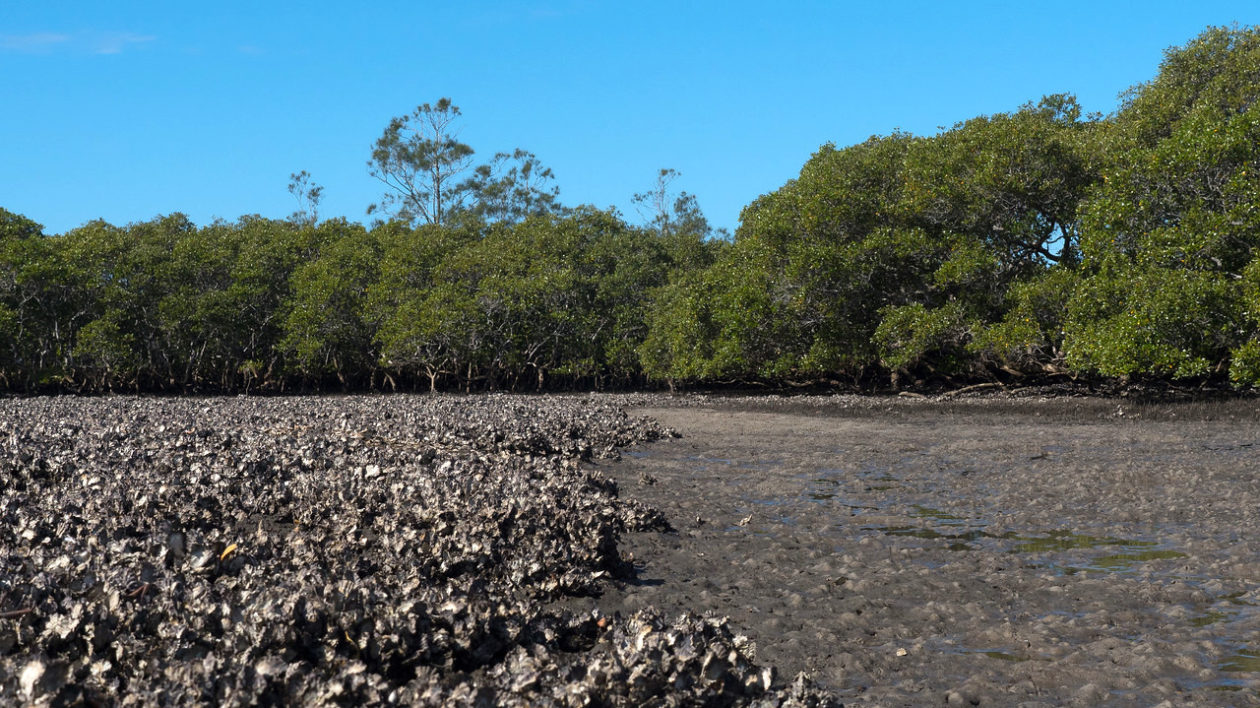
The Mud Whelk Mystery
During surveys on a remnant oyster reef, scientists noticed several Hercules club mud whelks trundling along the mud flats. A casual observer wouldn’t look twice at a mud whelk: they resemble knobby brown ice cream cones and they’re one of the most common mollusks along Australia’s east coast.
But the ever-observant scientists noticed that many of the whelks had several juvenile oysters attached to their shells.
“And we thought gosh, this really is interesting,” says Ian McLeod, a research scientist at James Cook University. “There’s always been this mystery of how you start an oyster reef on an empty mud flat, so we wondered if these mud whelks were acting as important biological vectors.”
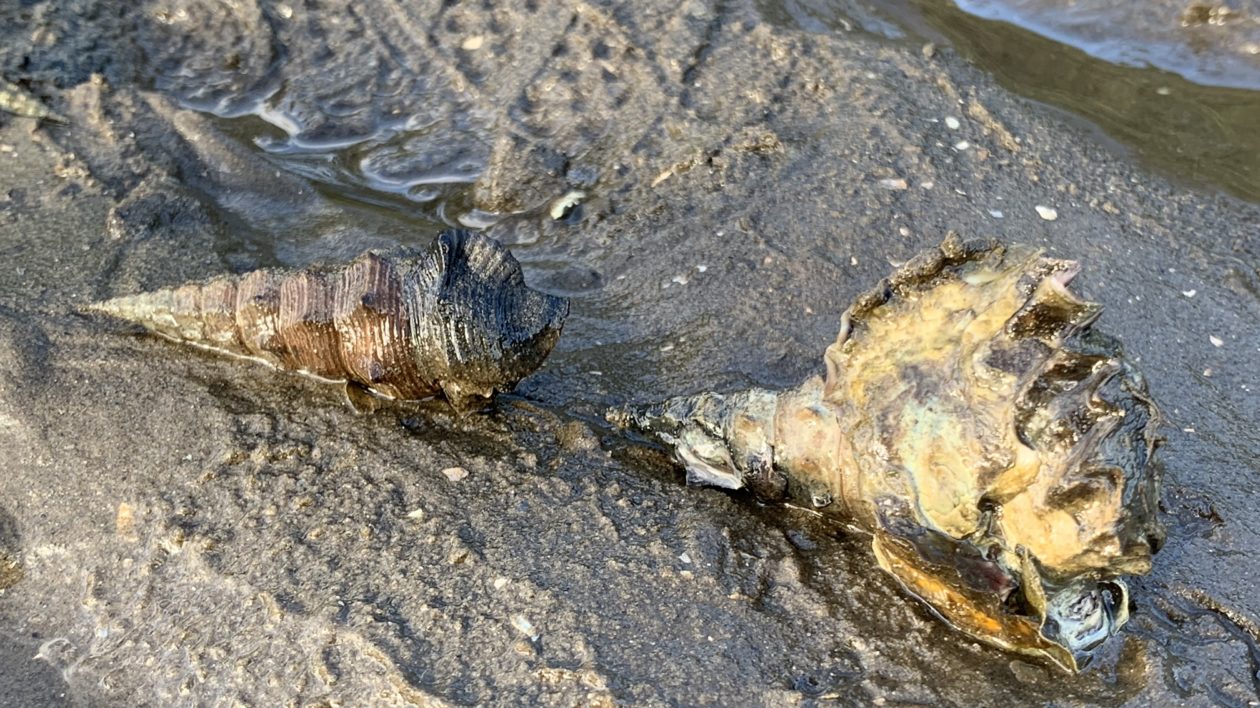
The divers quickly organized a baseline survey to count just how many oyster-laden mud whelks were on the reef, and it turned out to be quite a lot. “You could see the ones with bigger oysters, they just looked exhausted and they were being squished into the mud.” says McLeod.
Suspecting that the whelks were aiding the reef formation process, they started breaking apart some small oyster clumps on the edge of the reef. Sure enough, they found old mud whelk shells at the center.
Baby oysters need a hard surface to attach to, but hard surfaces are few and far between on the tidal mudflats, especially now that most of the shellfish reefs are long gone. So the oyster spat settle instead on the whelk shell. At first they don’t cause much of a problem, but over time they become larger and heavier, impeding the whelk’s movements as it roams the mud flats in search of food. One oyster attracts another, creating a snowball effect that eventually kills the whelk. Over time, these small oyster clumps, each with a dead whelk at the center, form the basis for a new oyster reef.
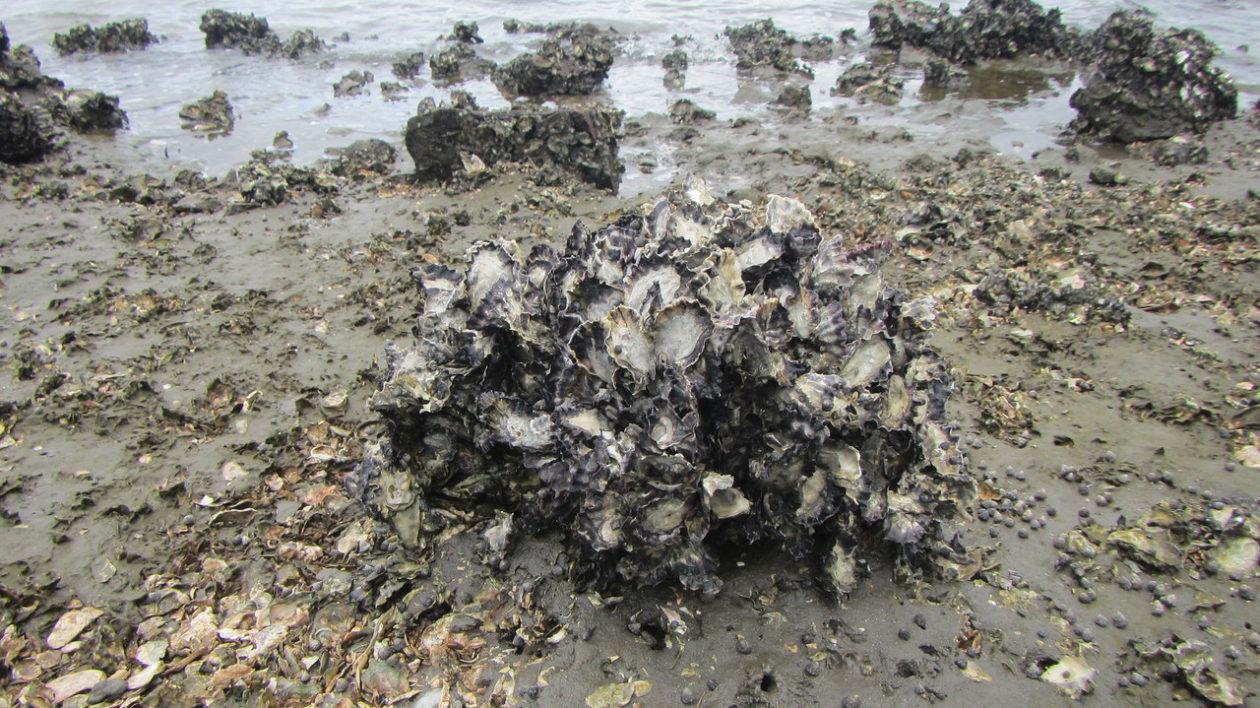
So Much More Than A Parasite
Much of our knowledge about Australia’s shellfish reefs has been re-discovered by sifting through the historical record. So Gillies, McLeod and their colleagues turned back to the archives to see if anyone had noticed this phenomenon before.
“There was just nothing in the literature until we went back more than 100 years ago,” says McLeod, “and then it was all about the whelks.”
More than a century ago, Australian colonists harvested oysters for food and dredged the reefs for building materials. “When you went to buy an oyster lease to manage and harvest [a reef], the leases would be worth more if they had a high number of whelks on them,” says McLeod. But as the reefs disappeared, so too did our knowledge about the mud whelk’s role in creating them. “We actually had figured that out (historically) and just forgotten about it,” adds Gillies.
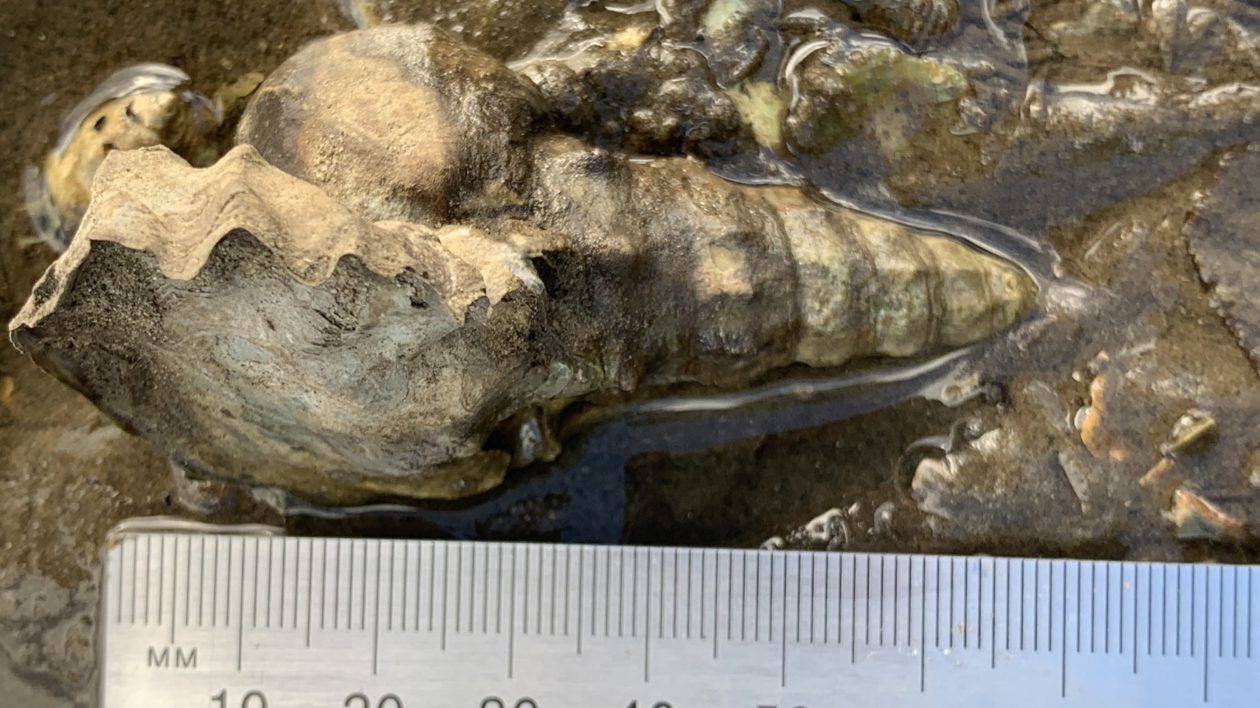
And while the whole oysters-smothering-whelks process might sound like parasitism, something even more unusual is going on here. “Mud whelks are facilitating creation of a whole ecosystem, not just allowing oysters to survive,” says Gillies. It’s the only example of this phenomenon that the researchers can find in the scientific literature.
Gillies and McLeod hope that this discovery can aid oyster reef restoration throughout Australia. “It has the potential to be a significant breakthrough, because it demonstrates that you can use one species to help pave the way for another to colonize and create an ecosystem,” says Gillies. He says that while more research is needed, it’s possible that future restoration efforts could see conservationists reintroducing mud whelks to an ecosystem alongside baby oyster spat.
“As we move into a decade of restoration, it’s just another humbling reminder that to be able to manage an ecosystem we really need to understand how it works,” adds McLeod. “Ecological understanding is vital to restoration, especially in a human-dominated world.”
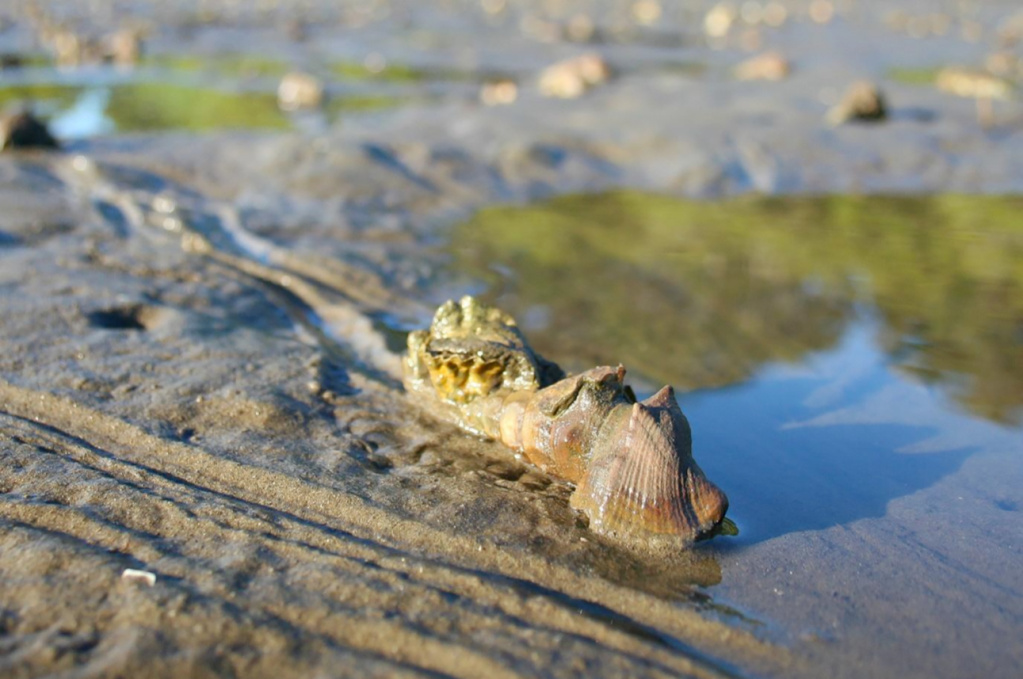



Join the Discussion